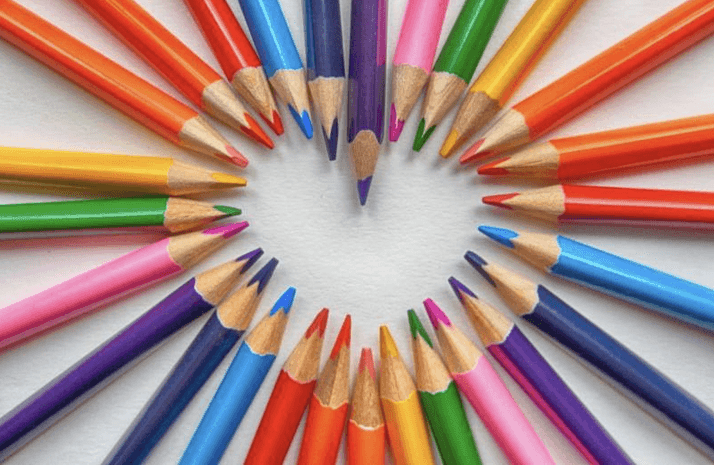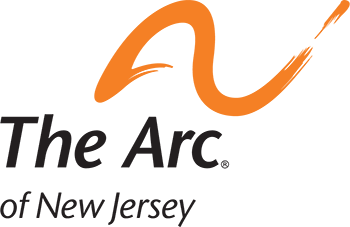
Welcome to the Positive Pulse blog! Check in with us each month for tips on healthy living, right on our website. A short snippet will be featured in the Positive Pulse monthly newsletter as well, which you can sign up for here.
We're back this month with some more tips on healthy living; this time our focus is on art therapy.
Art therapy is a form of therapy that enriches the lives of people through active art-making and the creative process. Art therapists choose materials and activities appropriate to their clients' needs to achieve therapeutic goals and objectives. Art therapy may involve drawing, painting, collage, sculpture or other materials. Sometimes the creative process itself is used as a healing tool and sometimes a work of art is created and then discussed as a way of aiding communication between the client and therapist.
No Skill Required
You don't need to be an artist to participate. The focus is on the creative process itself, not the product. It is an opportunity for everyone to experience and create art without judgement.
Revealing the Unconscious
Art Therapy bridges the gap between the conscious and the unconscious mind. It can bring light to areas that are blocked, inhibited, and stuck, as well as bringing greater focus to those areas of concern. Various media like painting and sculpting draw forth unearthed material that may not have been seen, felt, observed, or accessed in some way via talk therapy. Through letting go and getting into the creative flow, a portal is created to the process, enabling listening, watching, and observing what might not be explained through words.
Communication
Speaking to someone about your problems can be scary or difficult. When it is hard to find the right words, it may be easier to explain thoughts and feelings through art. It also gives people who are nonverbal a chance to be heard without using words.
It is Tangible
Creating art makes feelings and emotions into something real you can see, hear or touch. You can look back on things you've made and see your progress. It also can create distance from a painful or difficult memories by allowing the a person to observe and discuss what is happening in the art, which may be easier than describing themselves or their experience.
It's Fun!
Everyone tends to enjoy creating or enjoying art in some way. You don't need to see a professional in order to benefits from the creative process. If being creative in any setting makes you feel healthier and happier, you are experiencing the benefits of creative arts therapy.
Try a Scribble Drawing
A scribble drawing is a quick and easy art therapy activity that anyone can do. It can help focus your mind on the here and now. You can use it to take your mind away from stressful thoughts and relax.
- Gather your supplies. You'll need a piece of paper; traditionally this is done with an 18" x 24" sheet but you can use something smaller. Then, grab your medium of choice, making sure to have a variety of colors. A pack of pastels is recommended.
- Before you begin, try listening to soothing music or meditation for a few minutes. You want to try and clear your mind as best you can before you start drawing.
- Tape or weigh down your sheet of paper so it doesn't move around while you work.
- Choose a visible color pastel for your scribble, such as black.
- Close your eyes and begin to scribble on your paper for about 30 seconds. Don't worry about what your scribble will look like, just draw freely.
- Open your eyes and examine your scribble. Try and find a particular shape, figure or object within it that catches your eye. Feel free to rotate the paper as you examine your scribble.
- Use the rest of the colors to bring "that image into clearer focus". Color and decorate as you see fit.
- Title your completed drawing!
SOURCE: The Art Therapy Sourcebook , by Cathy A. Malchiodi
